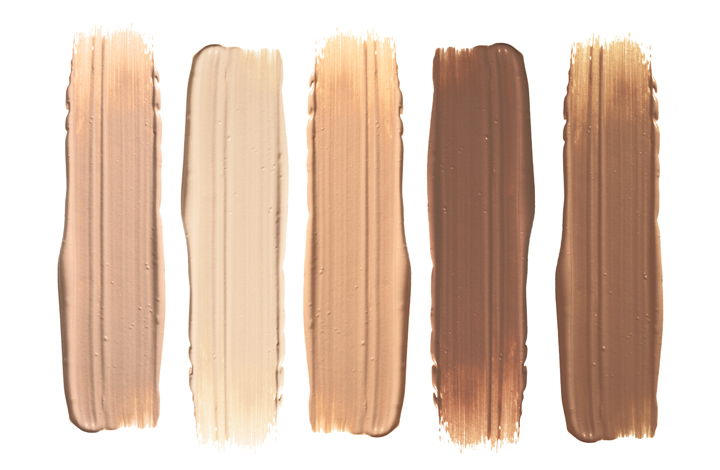Are you an artist that is curious about the human body? Or do you enjoy using the human body as a subject of art? How exactly do you make skin color paint?
Few concepts in the world of art are as fascinating as the human body. However, if you are trying to make realistic art and want to paint the human body, you will need to know how to make skin color paint.
Naturally, there are many different skin tones, and everyone looks different. There are many different ways to make skin color paint for the same reason.
How To Make Any Skin Color Paint
Though making skin color paint can be as easy as following the steps, you must never forget to experiment to create the special skin pigment it is you are looking to make.
Since there are many different skin tones, there are many different ways to make skin color paint. Below is a broken-down list of varying skin color paints and how to make them.
Get Your Paint Colors Ready
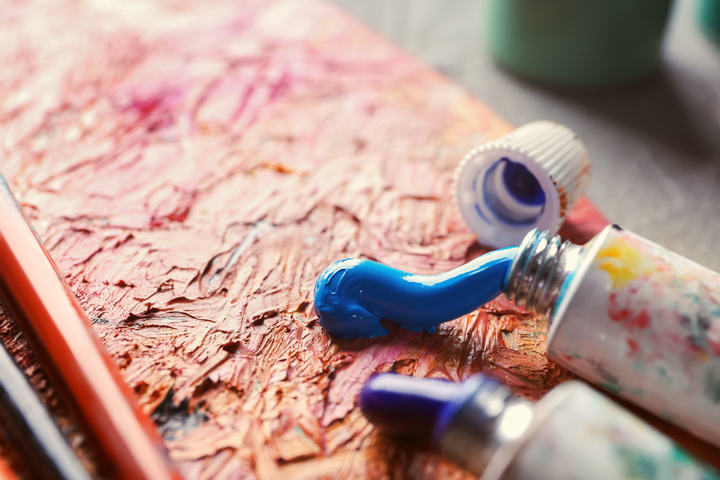
When making skin color paint, there are three primary colors you will be using. The three primary colors you need are red, blue, and yellow.
Ensuring that you have these three colors handy, and have enough of each, is essential, especially for more significant projects.
You will also need some white, black, and maybe even orange paint to help you diversify the palette and create the exact color you want to mix.
These three colors are not primary colors, and you will probably need much less of them as they are only used to fine-tune the color you first create.
Mix The Primary Colors
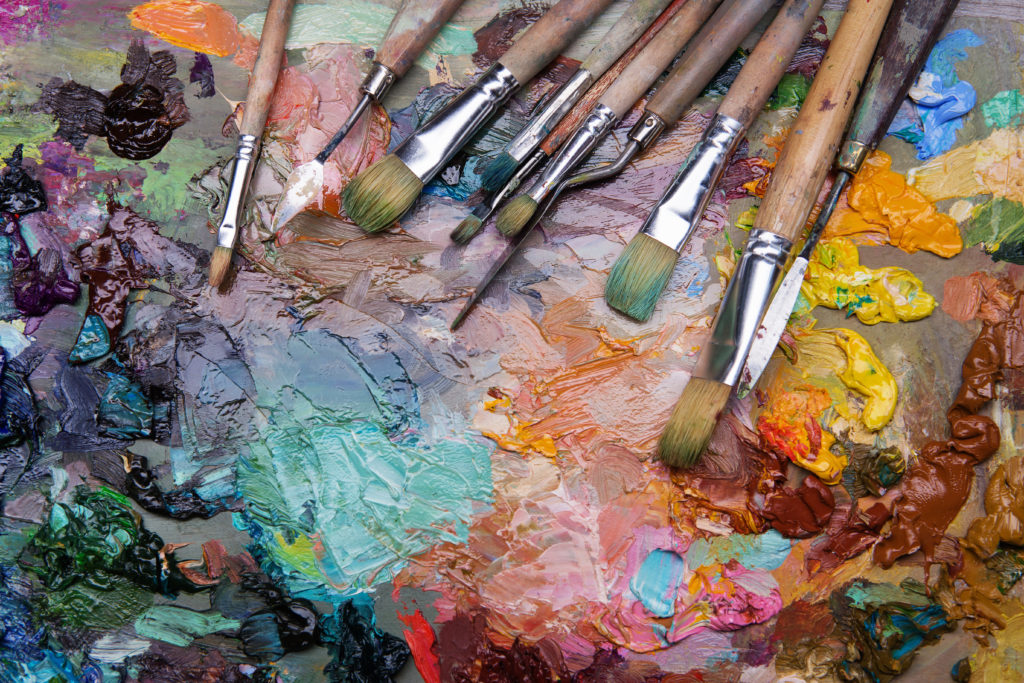
Once you have your paints ready, you can mix the three primary colors equally. Ensure that you use the same volume for each color and combine them using a brush on the palette.
Once the colors are adequately mixed, you will probably have a rather dark skin tone if you mix the colors correctly. This result is the best place to start as it is easier to make a shade lighter than darker.
Make The Paint Lighter Or Darker
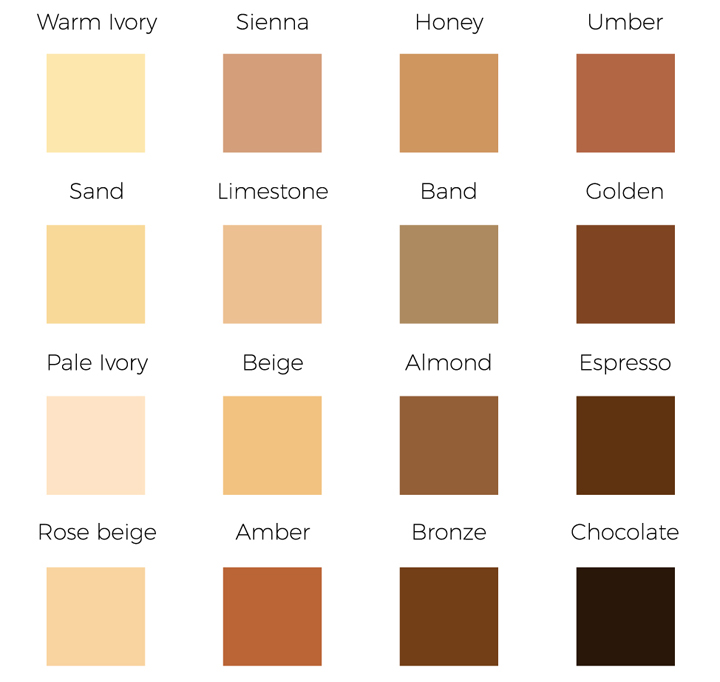
As stated above, making a color lighter is more straightforward than making it darker. This statement is true because using black can harm the paint rather than enhance it.
If you use too much black paint to make a color darker, you might end up causing your paint to become cloudy, dull, or grey. Use as little black as possible if you need to make your pigment darker.
If you need to make the pigment of the paint lighter, you can use either white or yellow, depending on how much lighter you want it to be and considering the desired color.
Please don’t use too much white, as this can cause a similar dulling or clouding effect to the overuse of black paint.
Fine-tune The Color
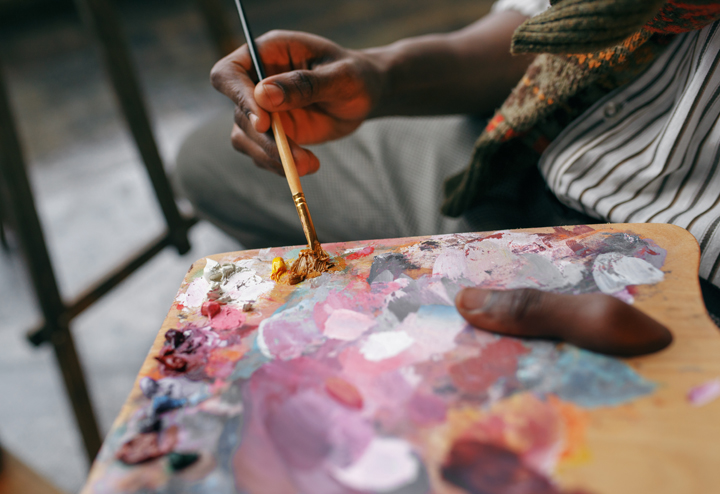
Now that you have an established skin tone, it is time to fine-tune the underlying shades. If you want to replicate your skin tone, you can use your hand as a reference.
However, if you are trying to create a different skin color, you should use a photo for reference.
This step requires you to mix some extra blue, red, yellow, or white paints to capture the non-primary tones of the skin. It would be best to add small amounts until you reach the correct shade because this should not change the color drastically but instead provide it with more detail.
Once you feel confident you have got a similar color to what you are looking for, you can continue with the last step.
Create A Color Palette
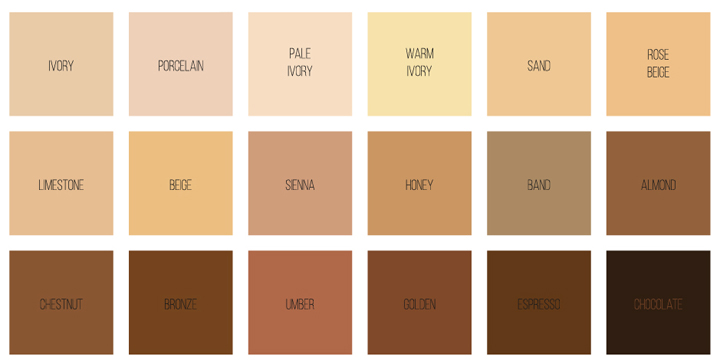
This step is unnecessary, but I highly recommend you do this to help you paint in greater detail. To create a color palette, you will want to make a couple of different versions of the same base color.
The simplest method is to split up the paint you have created by now and mix some other paint in to create variations.
This practice is beneficial for creating shadows and creases on the human body, and you can apply this technique by making a darker variant to use on the neck where the chin creates a shadow, for example.
You might also use a color palette to indicate the direction that light is coming from by making a lighter variant of the skin color and applying it to the forehead, as another example.
How To Make Dark Skin Color Paint
Though the method given above will help you make most of the variations of skin color paint, there is also a way to make specifically dark skin color paint.
This process is unnecessary if you can get the right color with the previous method, but some have said that they struggle to get a sufficiently dark color from the first method.
Prepare Your Paint Colors
You can choose two sets of color paints for this exercise. If you have a Burnt Sienna color, you will need blue and yellow to ensure the best results.
Otherwise, you can use purple and yellow to create a similar mixture. If you are using purple to make skin color paint, use the darkest purple you have, and if it isn’t dark enough, keep some black paint handy.
Mix The Paints
Once you have all the colors you need and have enough of them on hand, it is time to start the paint mixing process. As stated above, there are different colors that, when combined, create similar results. For this reason, I will be breaking this step into two different versions.
Burnt Sienna
if you are using Burnt Sienna to mix this color, you need to make a mixture of around 90 percent Burnt Sienna and 10 percent blue.
Once you have set the colors to these specifications, you can use a palette knife to mix the colors and create a rich chocolatey brown color.
However, if this is not the right skin tone, you should slowly increase the amount of the two colors until the mixture is close enough to what you need.
To darken the skin tone, add more blue paint; to lighten it, you can use some yellow color.
Purple
To mix a dark skin tone by using purple and yellow, you need to use a very dark purple color for the base of the mixture. The perfect purple to use is violet purple consisting of 74% black, 12% pink, and 14% blue.
If you have a dark enough purple color, you can mix it with yellow to create a darker skin color. The more yellow paint you add to the mix, the lighter the color.
The perfect place to start without using too little or much yellow is to make a mixture of about 90% purple and 10% yellow. This color combination will give you a deep and chocolatey skin tone that you can lighten by adding yellow or darken by adding more purple or a minute amount of black paint.
Change the tone of the paint (Lighter Or Darker)
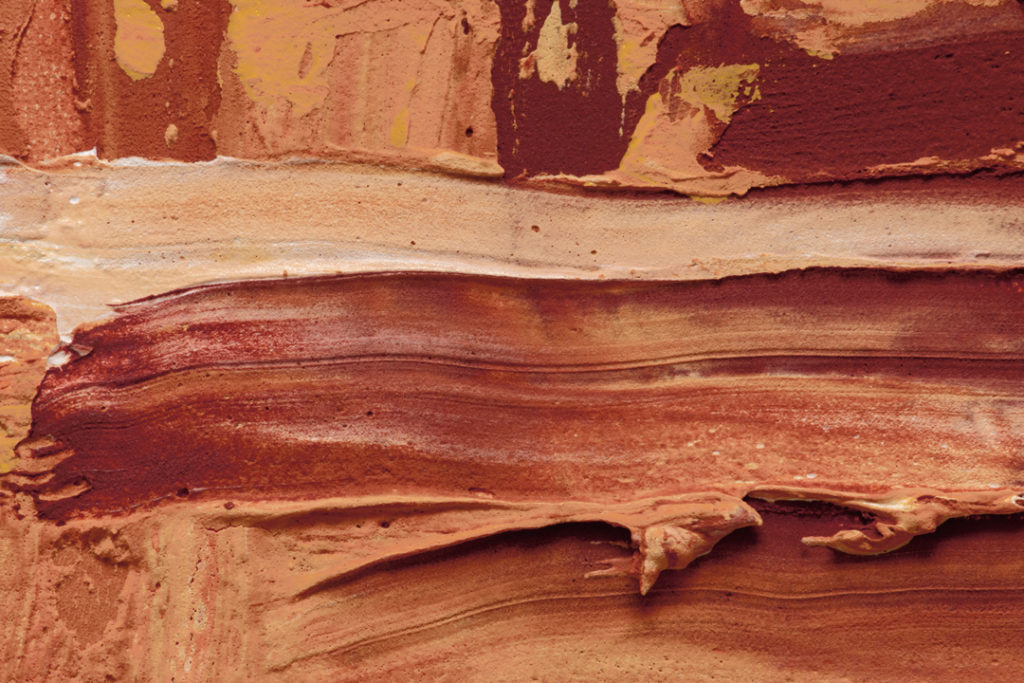
Depending on the color you try to make, you might have to add some yellow, white, black, purple, or blue paint to get it to the right consistency.
To make a darker paint, you should add small amounts of the darker base color used in the mixture. To lighten the mix, you can add either yellow or a small amount of white.
If you have made a mistake and have added too much of the paint used to darken or lighten the color, you can add the other colors to bring it back to its original color or start anew.
Make The Final Changes
For the best results, you need to find the underlying skin tones of your example and try your best to mimic that color. This part of the process usually requires you to mix in other color paints, such as orange, red, and blue, to achieve the perfect balance.
Perfecting underlying tones on skin color can drastically change the quality of a painting and make a good painting a great one.
Create A Color Palette
Once you have made the correct pigment of paint that is accurate to your example, you can also make a color palette for that skin tone.
This process is optional but might help you create a higher quality painting and paint both darker and lighter details of the portrait.
How To Make Skin Color Paint Without Using Red?
There are many ways to make skin color paint without using red, though the colors you will be using instead will likely already contain some red.
Some of the colors you can use to make skin color paint are purple, burnt Sienna, and brown.
All three of these colors already have red paint mixed in to create the color itself, meaning that without using the color red alone, you will still be using red indirectly.
You can make the skin’s base color purple and add yellow paint to it. This combination will result in a dark brown color that you can lighten with more yellow to make it suitable for lighter skin pigments.
If you want to make the color darker again, you can add a bit more purple or a minimal amount of black paint.
If you want to create skin color paint by using the burnt sienna color, you can do so by adding some blue paint. This combination will, as before, result in a dark brown mixture that you can make lighter by adding yellow color.
Mixing blue with burnt Sienna is an effective way of making skin color paint, as the base colors used to create burnt Sienna are still the same when blue gets added.
The last way to make skin color paint is by mixing brown with other colors like blue and yellow. I do not recommend using brown paint unless you are experienced and know how to balance the colors to achieve the right results.
If you don’t know how to use brown to make a nice skin tone color, you need to know that you might also need red paint to balance out the colors.
How To Make Skin Color Paint With Watercolor?
Making skin color paint using watercolor paints is a bit harder than it is when using acrylic paints because you can’t mix the colors on a piece of paper or canvas.
If you want to mix watercolor paints to make skin color paints, you will need to use something that will not absorb any paint. For this reason, I would suggest using a standard plate or a watercolor plastic palette.
To mix watercolor paints to make skin color paint, you must wet your brush and absorb as much paint onto the brush before laying the colors down on the plate.
The colors you need to make all variants of skin color paint are yellow, red, blue, and brown. I recommend not using white or black paint in this process unless you have no other option, and then you should only use a little.
The basis of this process requires you to use primarily yellow paint, add a smaller amount of red color, and then add only a minimal amount of blue.
Mixing these three colors correctly should be a primary skin color paint. If you wish to make the color darker, you can add a little bit of brown until you are pleased with the color combination.
Once the paint has been mixed, you have measured it against your reference color, and you like the result, you can use the paint on paper to see exactly how it will look when dried. Since watercolor paint requires a wet brush, you will not need to add water after the color is mixed in the correct quantity.
FAQs
Though the process of making skin color paint isn’t too hard to follow, there will naturally be other questions that you might have on this subject.
There are questions and answers below to improve the quality of this piece and help you gain as much information as possible.
Can I Add White To Lighten The Paint Color?
Yes, you can add any color to skin color paint if you wish, as long as you realize that the result might not be what you are looking to achieve.
Adding white to paint to make it lighter, in the case of skin color paint, is not recommended as white tends to make the paint dull and less colorful and takes away much of the effect needed to make good skin color paint.
Though yellow is the recommended color, you should still use it in small amounts.
Can I Add Black To Darken The Paint Color?
Yes, as with adding white, you can use black to make a specific color darker. However, there is again a chance that you might be ruining your current paint by adding too much.
You should only use small amounts of black as it is a very prominent color, and it can affect most other colors quite drastically.
What Makes Watercolor Different From Other Paints?
In this instance, the most significant difference between watercolor and other paints is how colors interact. Because it is light and watery paint, watercolor is much more prone to change than other paints that require thorough mixing.
For example, if you are trying to mix watercolor paint, you must be more precise as the complete color changes as soon as the brush touches the base color.

Conclusion
There are a few ways to make a good skin color paint, as long as you know what to use and how to mix it. Making good quality skin color paint is essential for art, especially if you are trying to create high-quality portraits or want to depict humans in your work.
Remember that everything takes work and practice, so if you struggle initially, keep trying until you get it right.
Follow Proactive Creative on Pinterest for more arty tips, reviews, and tutorials!

